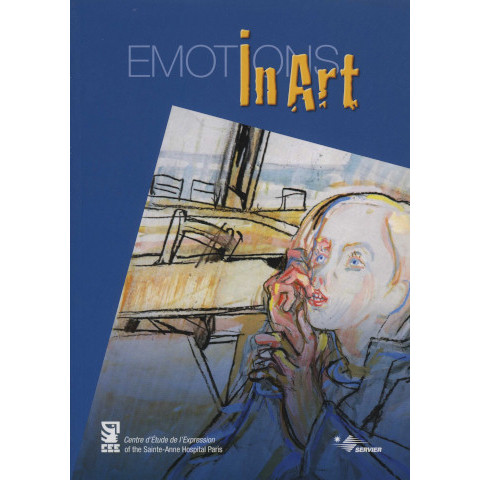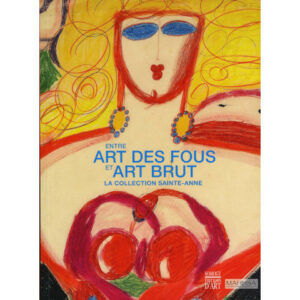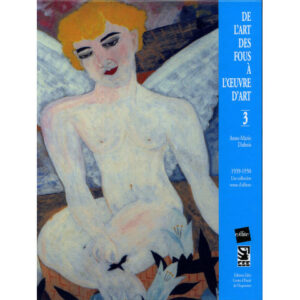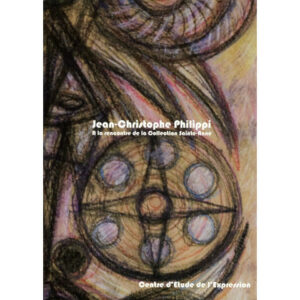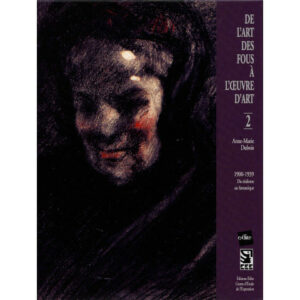Emotions in Art [EN]
10,00€
Emotions in Art, 2015
En anglais
Centre d’Etude de l’Expression
Description
Emotions in Art, 2015
Centre d’Etude de l’Expression
The foreword ;
From the art of lunatics to works of art
How should we interpret the growing public interest in art in all its forms (classical, contemporary or marginal), large exhibitions, festivals of all kinds, all-night events, and late-night museum openings? Leaving aside patterns of behavior resulting from a particular trend or social conformism, it may be possible to identify fundamental questions through this curiosity and appetite for culture.
Questions relating to the nature of humans and their capacity to create.
Questions relating to this desire that leads some to find sounds, forms, colors, words, stories, constuctions and harmonies outside of the real world.
Questions relating to this need to search inside oneself for feelings that the surrounding world cannot provide.
Questions on the permanent duality between the creator, who provides things to look at, to hear or to understand and the person perceiving the creation. This percepton may appear passive, but in reality it is absolutely essential to the meaning of the work.
The mechanisms of creation seem to be both inherent and alien to humans, to such an extent that irrational hypotheses are almost inevitable to make sense of them, or at least to enable us to tolerate their existence.
Madness, a loss of reason and artificial paradises are among the possible responses. A link between mental illness and creative genius has often been suggested. The psychiatrist Auguste Marie adopted this line of reasoning when collecting the works of his patents, stating that « If we were to analyze the artistic works of madness in detail, we would find reflections of all stages of human thought since its origins, its testing, its errors, its failures, its passions and its progress. » (1905, Paris).
Through its history, which has been eventful and rich, its constitution and its nature, the Sainte-Anne Collection provides both a metaphor for this question and an example of the multiplicity of creative resources.
Texts :
Introduction : from the art of lunatics to works of art
Biographies
The birth of the Sainte-Anne Collection
First step – towards the foundingof a collection in 1946
Decisive step in 1950
Remarkable beginning
Constitution of the Sainte-Anne Collection
Edité avec le soutien du laboratoire Servier
Pages ; 44
Illustrations : couleurs
Format : 16,5 x 23,5 cm
Langue(s) : en anglais
ISBN : sans

